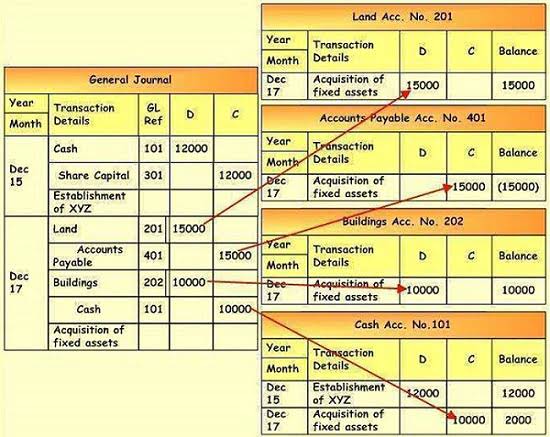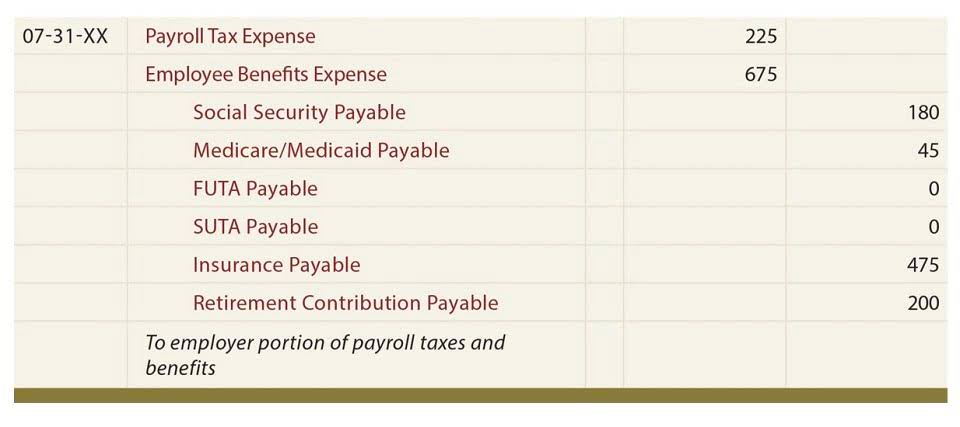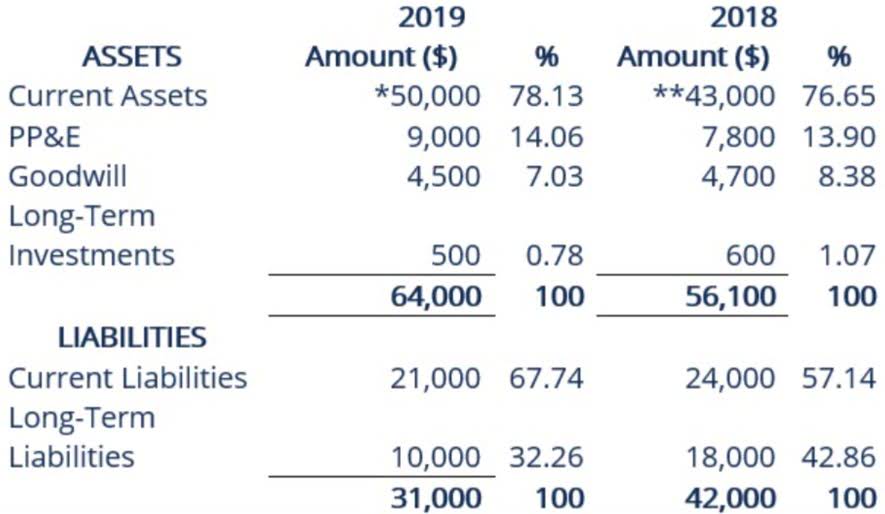Under are screenshots of Xero’s training movies and FreshBooks invoicing software course movies. There is a lot free information nonetheless if you’d like a certificates for finishing this course you should get the PRO+ membership. Discover the profession most fitted for you and get began within the area with a step-by-step plan. By accessing and utilizing this page you comply with the phrases and conditions.
- Turn Out To Be an Alison Affiliate in a single click, and begin earning money by sharing any web page on the Alison website.
- It is designed for entry-level bookkeepers trying to broaden their talent units.
- It’s packed with practical knowledge, clear explanations, and even consists of visuals for instance key ideas.
No registration required – simply scroll down and start studying at your individual pace. Excellent for newbies, this course breaks down advanced concepts into bite-sized, easy-to-digest modules. Whether you’re a small enterprise proprietor wanting to get a handle in your funds, or you’re contemplating a profession turn into accounting, this course provides a strong basis. Sure, when you enroll in the course, you will have lifetime entry, where you can log in and be taught whenever you need to.
Free bookkeeping courses for unemployed individuals are an effective way to jumpstart your bookkeeping profession https://www.kelleysbookkeeping.com/. Many businesses depend on bookkeepers to balance transaction ledgers, monitor their cash move, and analyze monetary data. Bookkeeping is the important artwork of economic accounting in which an accountant maintains and analyzes the financial information of a business. Many businesses have bookkeepers, starting from small businesses to large corporations.
A bookkeeping certificate is worth it in case you are excited about accounting and bookkeeping. Many bookkeepers go on to become Certified Public Accountants (CPAs) or small enterprise owners. Incomes a bookkeeping certificates can bolster your resume and enhance your chances of landing a job. While earning an online certificate doesn’t equate to years of experience, it is a good start to your bookkeeping career and a boost for your resume. Explore traditional strategies of buy orders, why these are inadequate, and discuss the benefits of automation and techniques for implementing digital tracking of buy orders.
This is eight hours of study at an introductory level and above all it’s in written format and is downloadable. Dave Marshall of The Bean Counter presents free accounting in addition to, bookkeeping programs, tutorials, quizzes and video games. A business owner armed with data can really begin asking their accountant the proper questions, get good management of their cash flow and develop their businesses. This self-paced coaching teaches the fundamentals of QuickBooks and can be used for certification or recertification, depending on your expertise stage. Webinars, digital conferences, and in-person occasions are also obtainable. This program is free for school kids who enroll with a QuickBooks On-line Accountant account.
These courses are completely free to audit, with the option to earn a verified bookkeeping certificate for a small fee if you want to showcase your new skills. In2Work offers a free Sage Bookkeeping Programs, subsequently ideal for somebody interested in Management Accounting or a Finance position inside a enterprise. This course will allow you to study to make use of Sage Accounting Software Program for on an everyday basis use particularly Offered by learndirect. Once finishing the course most importantly they may e-mail you a certificates for Stage 1. Dave’s expertise includes being a small enterprise marketing consultant, a bookkeeper, an inner auditor, a controller, a US Army payroll clerk and on the identical time a college trainer.
Fortuitously, many free bookkeeping programs obtainable on-line provide a comprehensive introduction to bookkeeping. These programs are designed to provide a basic understanding of bookkeeping ideas and practices and can be bookkeeping classes online free helpful for each novice and skilled bookkeepers. In a bookkeeping course, you may study primary expertise similar to understanding a common ledger, double-entry bookkeeping, analyzing monetary information, and extra. These are some of the finest on-line free bookkeeping courses with certificates supplied. You can study all kinds of bookkeeping abilities with these courses. Allowing them to learn enterprise accounts with out dipping into their cash.
Turn Out To Be an Alison Affiliate in a single click, and start earning cash by sharing any page on the Alison web site. Kindly present email consent to receive detailed details about our choices. If an account with this e-mail id exists, you’ll obtain directions to reset your password. There is lots to lean on the planet of accounting, in conclusion, extra data may be obtained from our team.


.jpeg)
.jpeg)




















